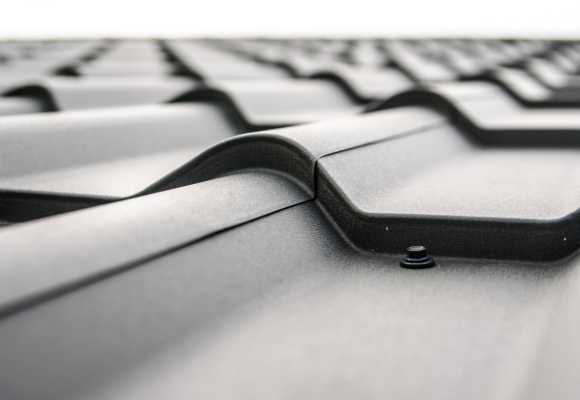The safety and well-being of individuals, especially in the construction industry, is paramount. One area that requires significant attention is the handling of roofing materials, specifically the 29 gauge metal roof.
This introduction provides an overview of the primary factors involved in safely traversing a 29 gauge metal roof and the significance of understanding this seemingly simple but crucial aspect.
Metal roofs have surged in popularity over recent years due to their resilience, durability, and cost-effectiveness.
Of the myriad types available, the 29 gauge metal roof has become a preferred choice for many homeowners.
But can you walk on a 29-gauge metal roof? What precautions are needed? Are there any potential safety risks involved?
This comprehensive guide clarifies and reassures homeowners and roofers about this issue.
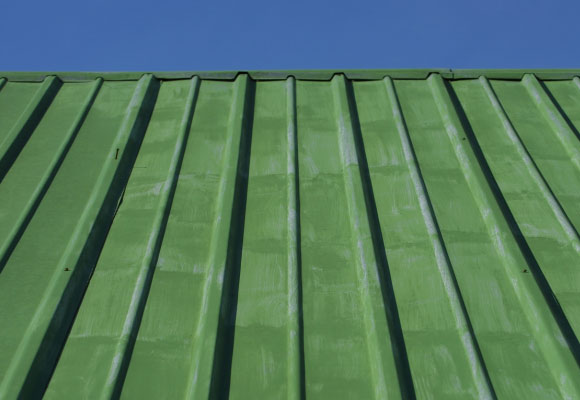
Understanding Metal Roofs and Gauges
Walking on roofs, especially metal ones, requires knowledge of the material.
A metal roof is a roofing system made from metal pieces or tiles characterized by high resistance, impermeability, and longevity.
Among various metal roofs available, the gauge of the metal used often comes into consideration.
In roofing terminology, the ‘gauge’ refers to the thickness of the metal, with a 29 gauge metal being one of the thinner options.
While this thinness contributes to the lightweight nature of these roofs, it also raises questions about their ability to bear a person’s weight.
Can You Walk on a 29 Gauge Metal Roof?
The straightforward answer to walking on a 29 gauge metal roof is – yes, you can.
However, this doesn’t mean you can march up there without the right precautions or understanding of the roof’s structure.
Although thinner than its counterparts, a 29 gauge metal roof has an inherent strength that supports the weight of a person walking on it.
However, it’s crucial to consider factors such as the roof’s pitch, the weather conditions, and the person’s weight.
Safety Measures and Precautions when Walking on Metal Roofs
Walking on any roof, let alone a metal one, demands several safety measures.
Firstly, the choice of footwear is crucial. Shoes made of natural rubber, such as skate shoes or tennis shoes, offer a better grip on a metal roof than sandals or flip-flops.
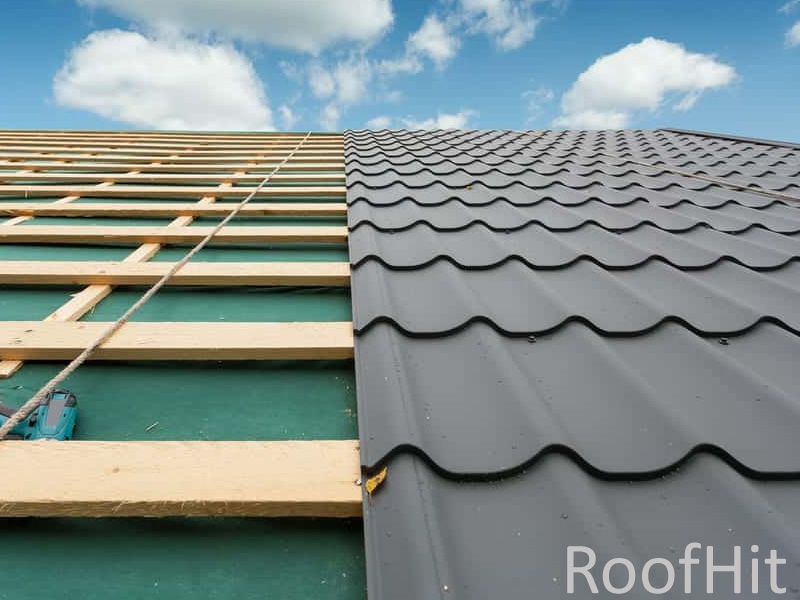
Moreover, donning the necessary protective gear, including gloves and safety glasses, significantly reduces the risk of accidents.
A safety harness and adherence to OSHA guidelines are also recommended. Remember, your safety is paramount.
Occupational Safety and Health Administration (OSHA) Standards for Roof Safety
The guidelines provided by the OSHA offer a robust framework for ensuring safety when working on roofs.
These standards mandate the use of fall protection gear, the correct usage of a safety harness, and strict adherence to other safety procedures, especially when working on roofs like the 29 gauge metal roof.
Complying with these regulations guarantees the roofer’s safety and promotes an overall environment of occupational safety and health awareness.
Case Study: Real-world Scenarios of Walking on a 29-Gauge Metal Roof
Understanding theory is one thing, but practical, real-life examples often provide clearer insight. Consider professional roofers who navigate these types of roofs daily.
By adopting the right safety measures and understanding the material they’re working with, they successfully carry out their tasks without compromising safety.
Their experiences also underscore the importance of regular inspection of the roofs to check for any damages or potential hazards.
Theoretical knowledge and guidelines provide a solid base, but sometimes, real-world experiences offer an incomparable perspective.
Understanding the practical implications of walking on a 29-gauge metal roof can be best evaluated through case studies and real-life scenarios.
Consider professional roofers who traverse the slippery and steep landscapes of roofs daily.
Armed with safety gear and acute knowledge about roof structures, they are the ideal demonstrators of safe practices on 29 gauge metal roofs. Let’s delve into a couple of experiences that offer a glimpse into this world.
Case Study 1: The Safety-Conscious Roofer
A seasoned roofer, John is known for his meticulous attention to safety. He ensures his footwear is made of natural rubber to increase grip on the metal surface.
John wears safety glasses and gloves, and most importantly, he never neglects using a safety harness.
He understands that the safety measures may seem over-cautious to some, but he knows that one can never be too careful when walking on a 29-gauge metal roof.
Case Study 2: The Proactive Maintenance Expert
Maria, another experienced roofer, focuses on proactive roof maintenance. She recognizes that ensuring the roof is in good condition significantly decreases the risk of accidents.
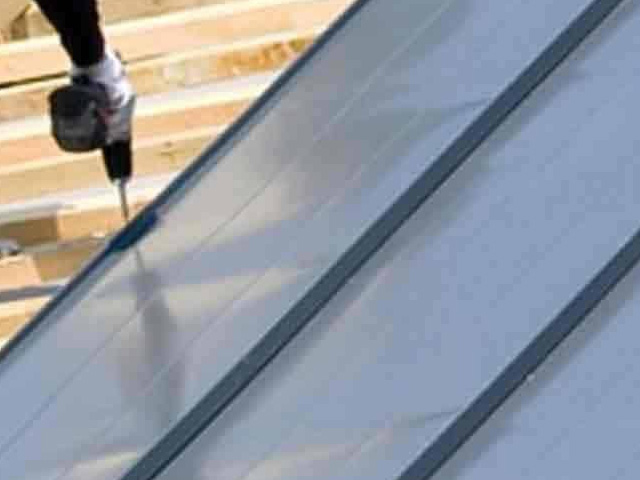
By checking for ‘airspace’ under tiles and regularly inspecting the roofs for potential hazards, Maria ensures her safety and prolongs the roof’s lifespan.
John and Maria represent different but equally important safety aspects when working with 29 gauge metal roofs. John emphasizes the role of protective gear, while Maria shows the significance of regular inspections and maintenance.
Analyzing these scenarios demonstrates the practicality and necessity of safety measures, further reinforcing their importance. By adopting these measures, walking on a 29 gauge metal roof can be a safe, manageable task.
The insights from these experiences are not just beneficial for professional roofers. Homeowners, building contractors, and anyone interested in understanding the practicalities of walking on a 29-gauge metal roof can learn from these case studies.
These real-world scenarios bridge the gap between theory and practice, making walking on a metal roof more accessible and less intimidating.
In conclusion, walking on a 29-gauge metal roof is a task that demands respect, knowledge, and adherence to safety measures.
As shown through these case studies, it is by adopting a safety-first mindset, understanding the material at hand, and recognizing the importance of regular maintenance that one can safely navigate the landscape of a 29 gauge metal roof.
How Different Materials Can Impact Roof Safety
Roofs come in various materials: asphalt, ceramic, roof shingle, foam, gravel, and, of course, metal. Each has its unique characteristics and safety considerations.
For instance, ceramic and asphalt roofs are typically more textured, providing more natural traction, but they can also be more brittle and susceptible to breakage.
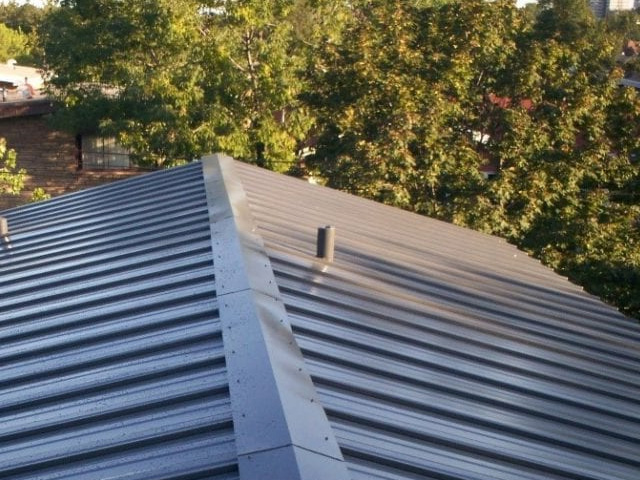
In contrast, a metal roof, such as the 29 gauge, can be more slippery but more resilient to damage.
Furthermore, when walking on any roof, it’s important to check for any signs of ‘airspace’ or hollow spots underneath the tiles or shingles.
These can indicate a problem with the roof structure, making it unsafe to walk on until it is repaired.
Pricing and Customer Satisfaction
Cost considerations often drive the choice to install a 29-gauge metal roof. It’s typically more affordable than its thicker counterparts but offers similar benefits in terms of durability and longevity.

However, customers must know that lower cost doesn’t equate to lower quality if the installation and maintenance are done correctly.
Building trust with customers is key to success in any business, roofing included.
Open, honest communication about pricing, safety, and the benefits and potential drawbacks of a 29 gauge metal roof can go a long way towards building that trust and ensuring customer satisfaction.
Conclusion
In conclusion, following the necessary safety measures, you can walk on a 29 gauge metal roof.
This article has delved into understanding the 29 gauge metal roof, safety precautions, OSHA standards, real-world scenarios, and pricing considerations, offering a comprehensive look at this common query in the roofing industry.
If done correctly, walking on a metal roof need not be a cause for concern. Remember, the key lies in understanding the material, being aware of the safety measures, and being well-equipped for the job.
A 29 gauge metal roof is a viable, cost-effective option for those seeking durability and resilience in their roofing choices. And as always, don’t hesitate to contact a roofing professional.
Their expertise can provide further insight and reassurance, making your roofing experience positive.
Remember: Safety first, always.

Arthur is a skilled roof worker with over 10 years of experience in the industry. He started his career as an apprentice and worked his way up to become a foreman.
When he’s not working on roofs, John enjoys with his family or writing posts. He is also a passionate cyclist.

